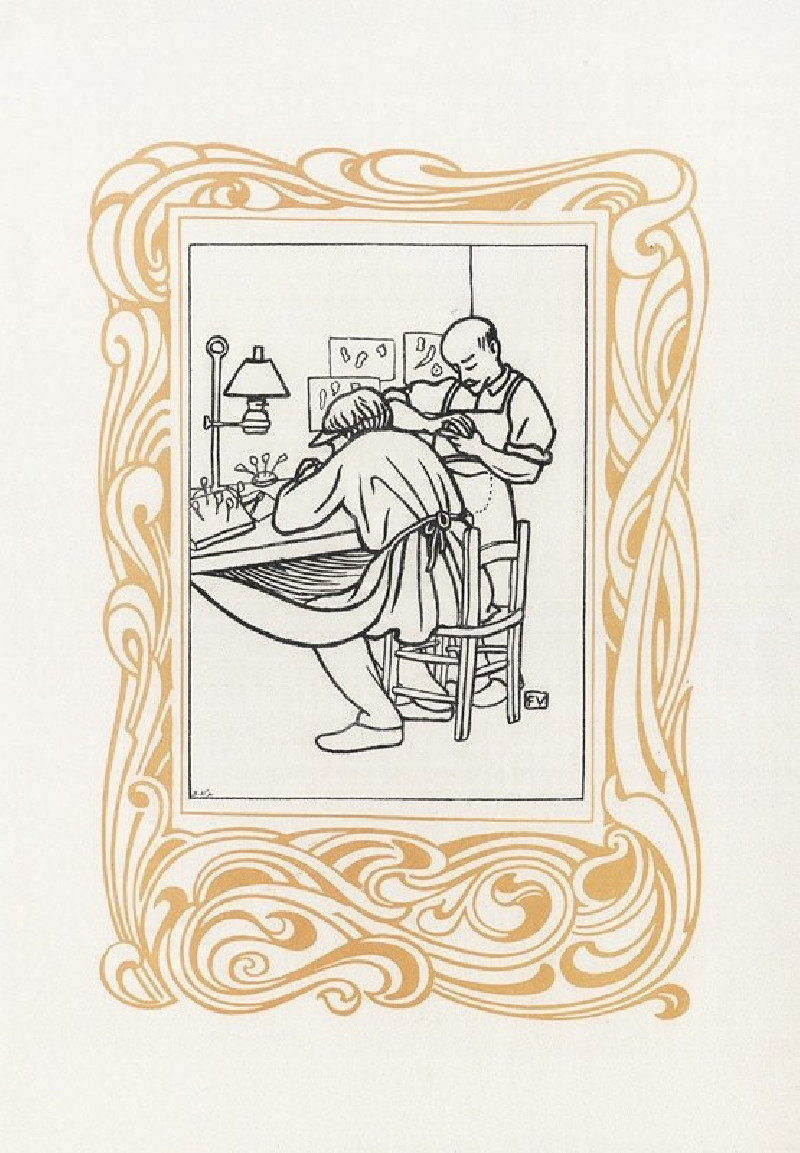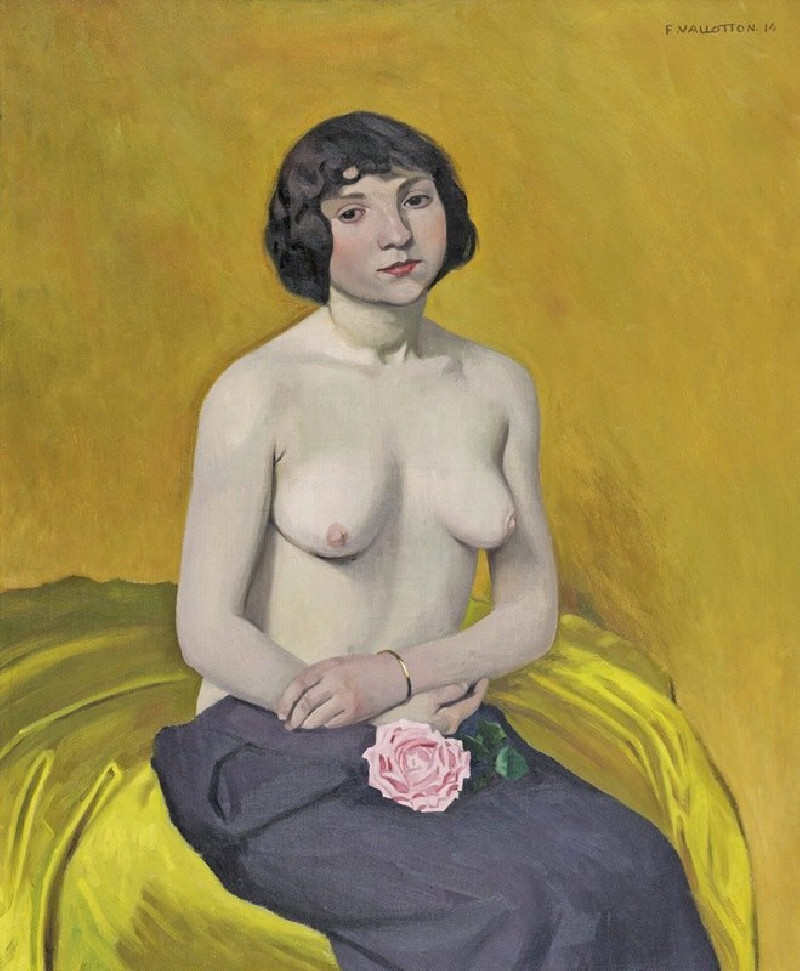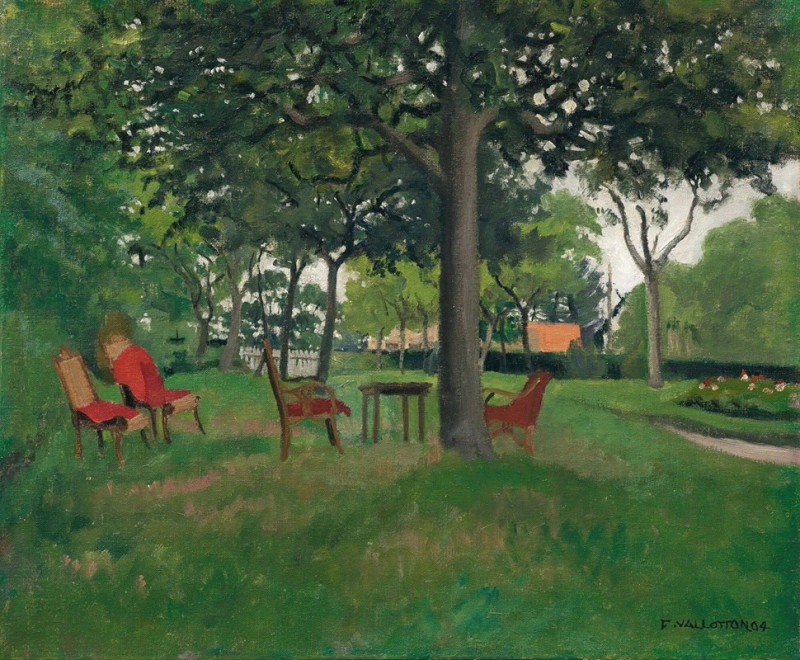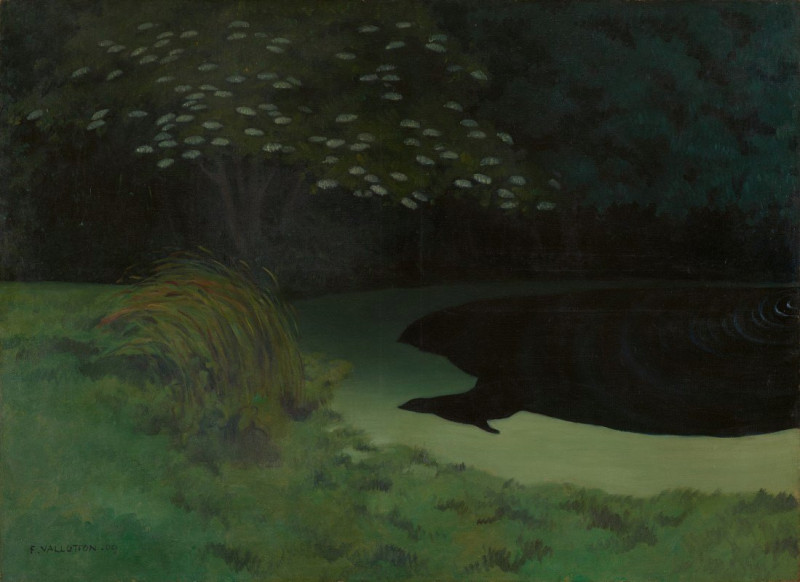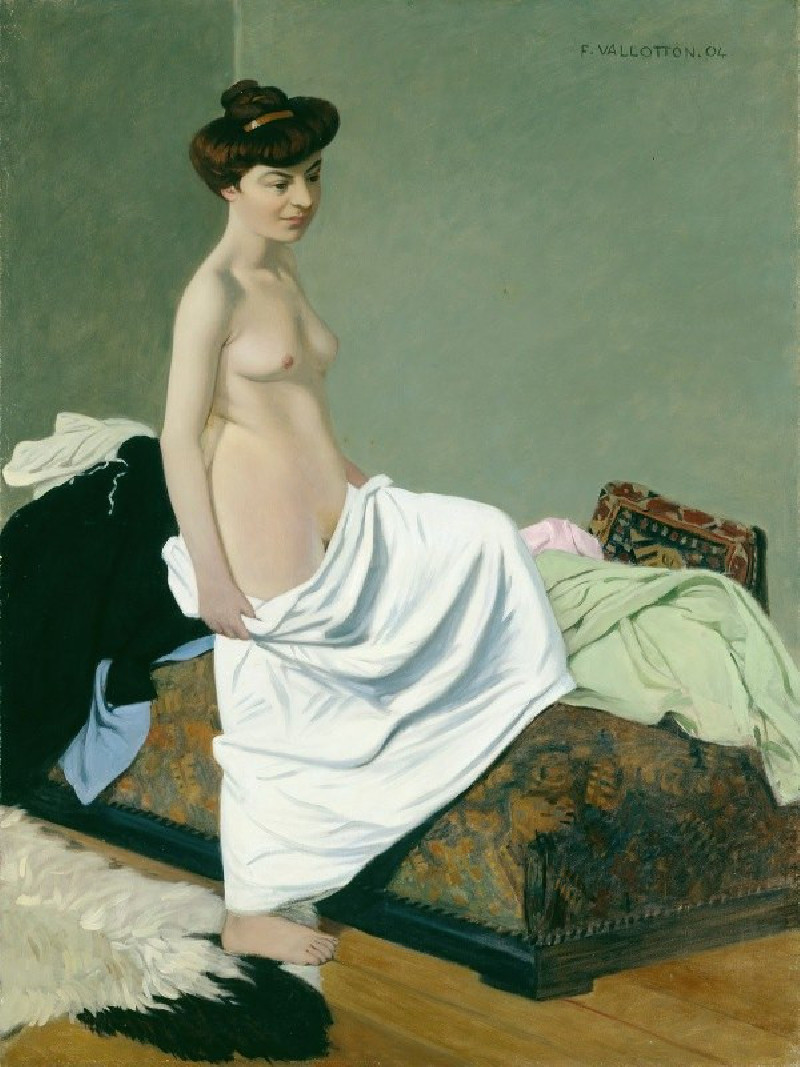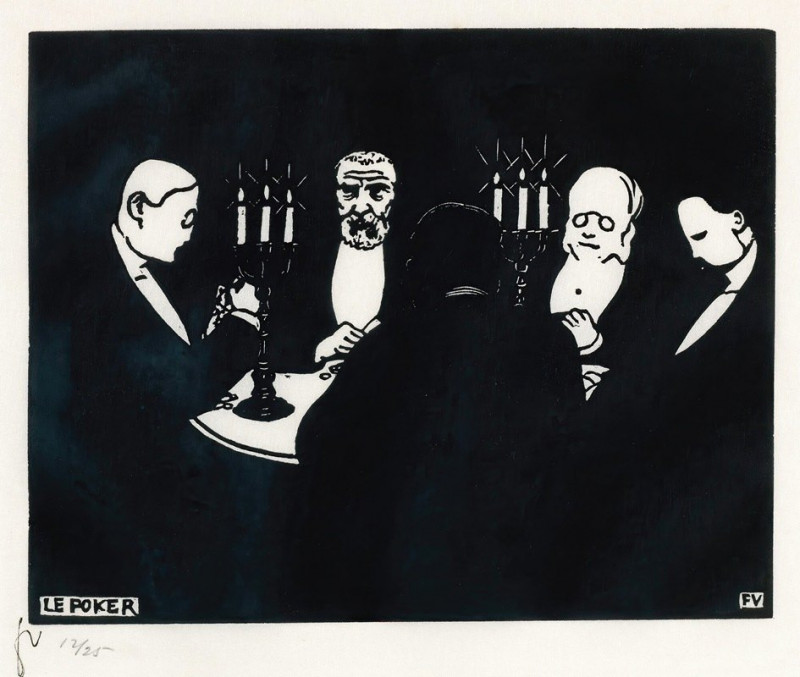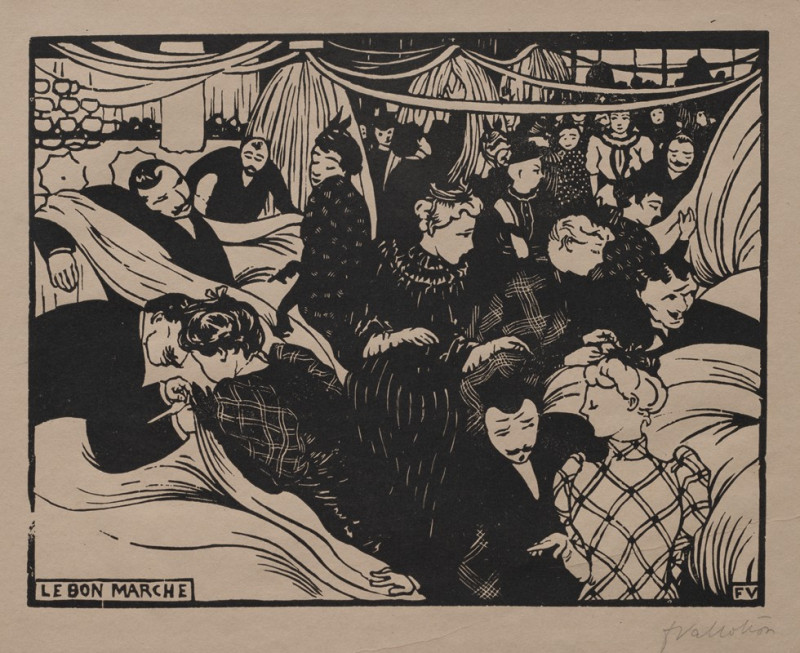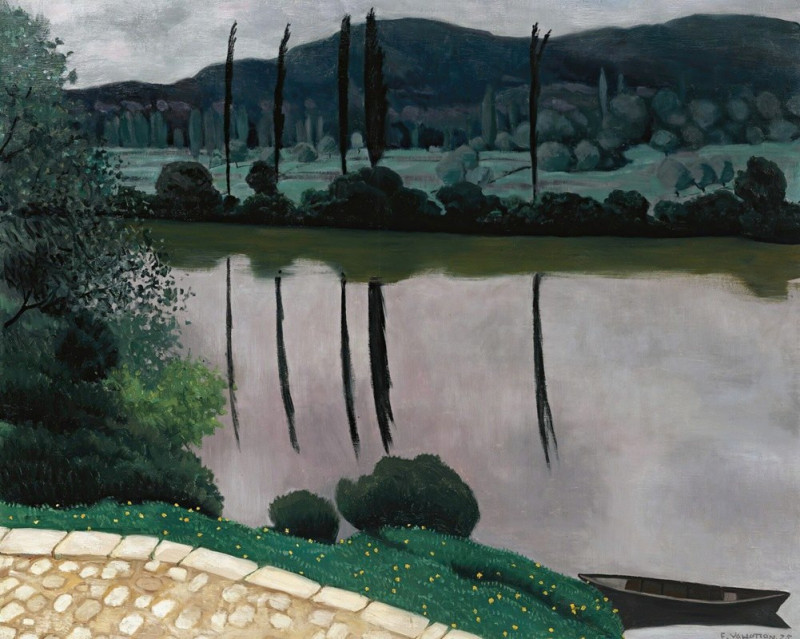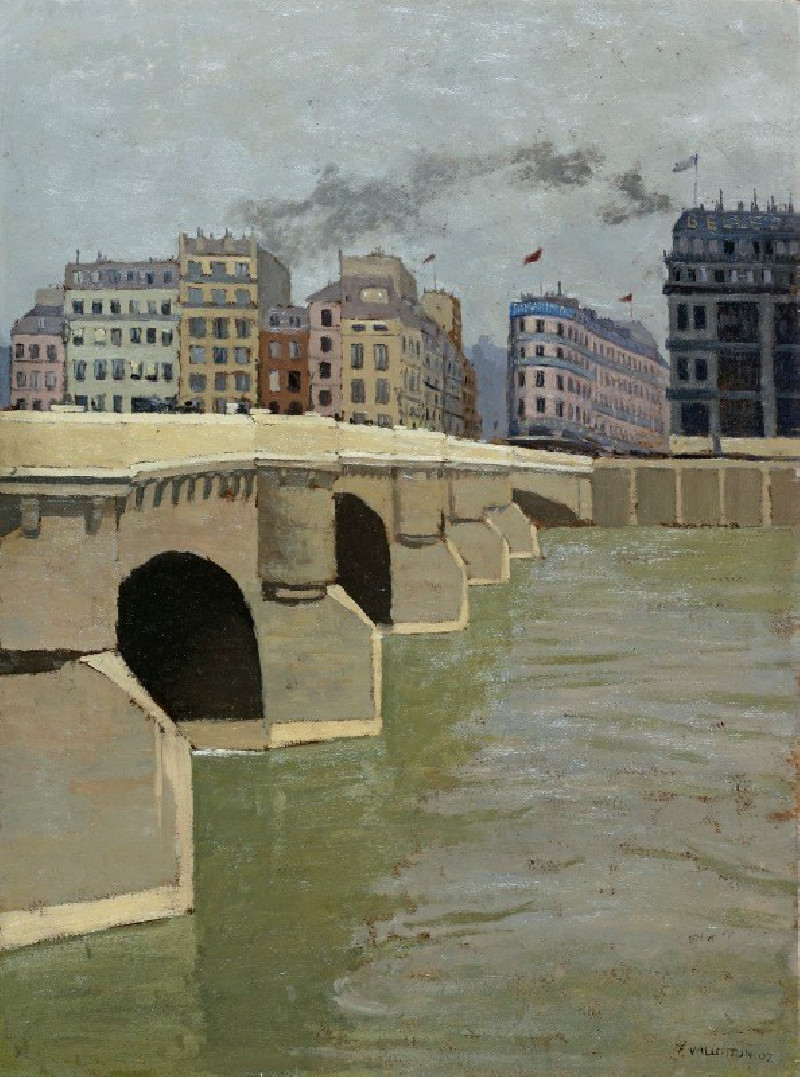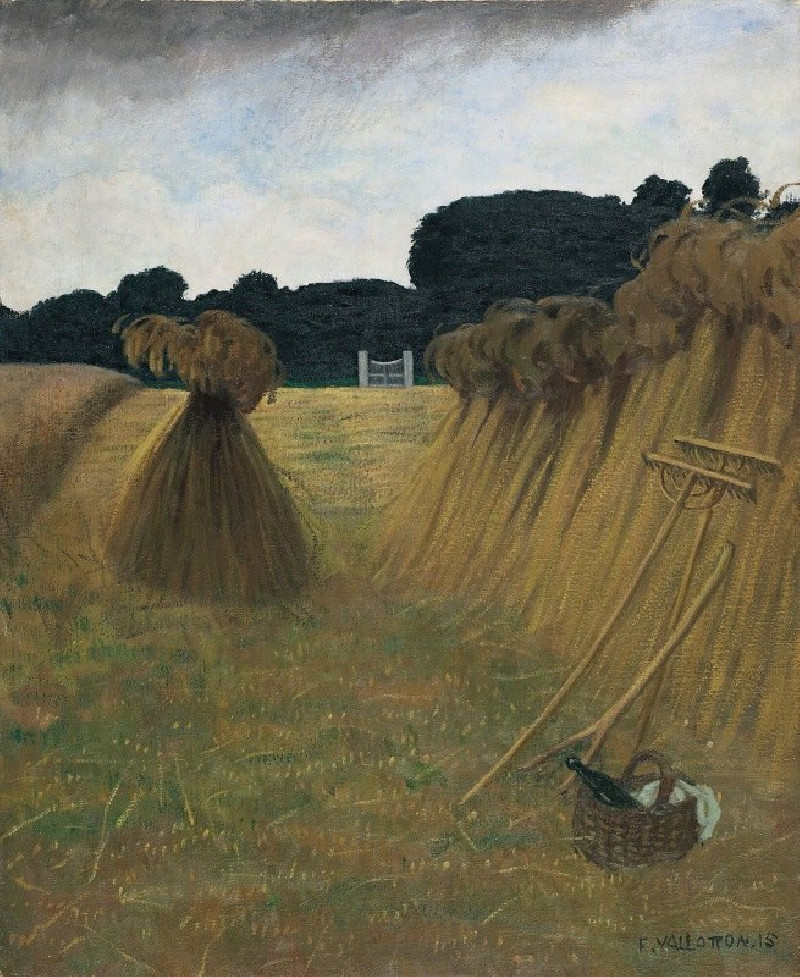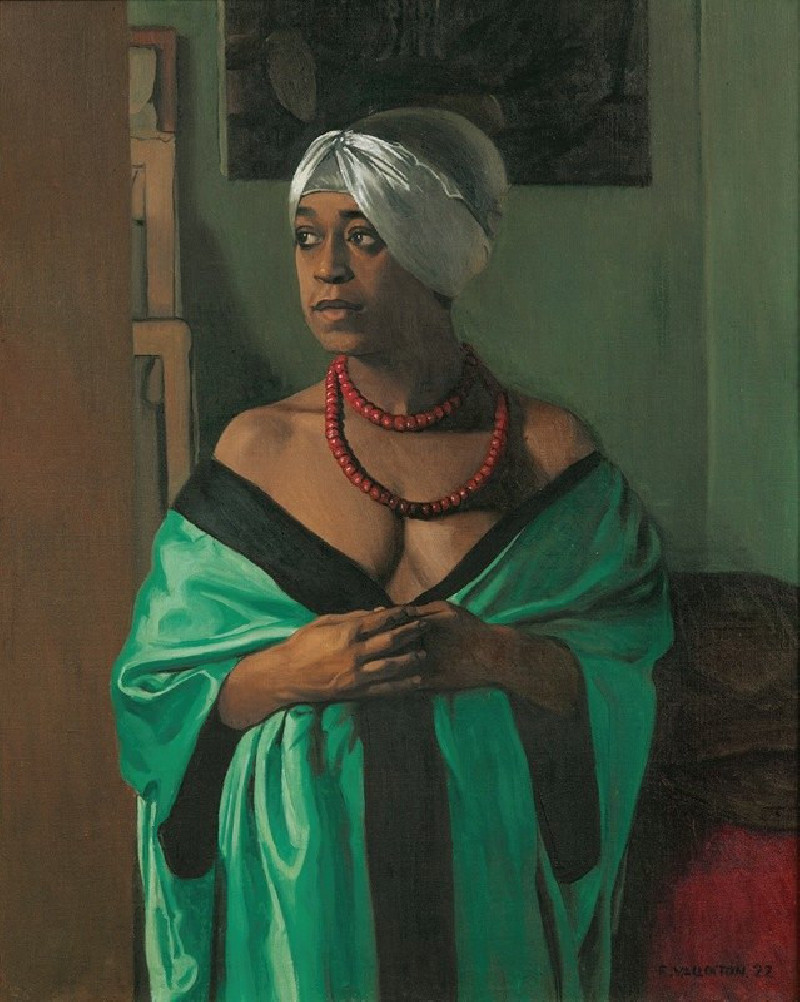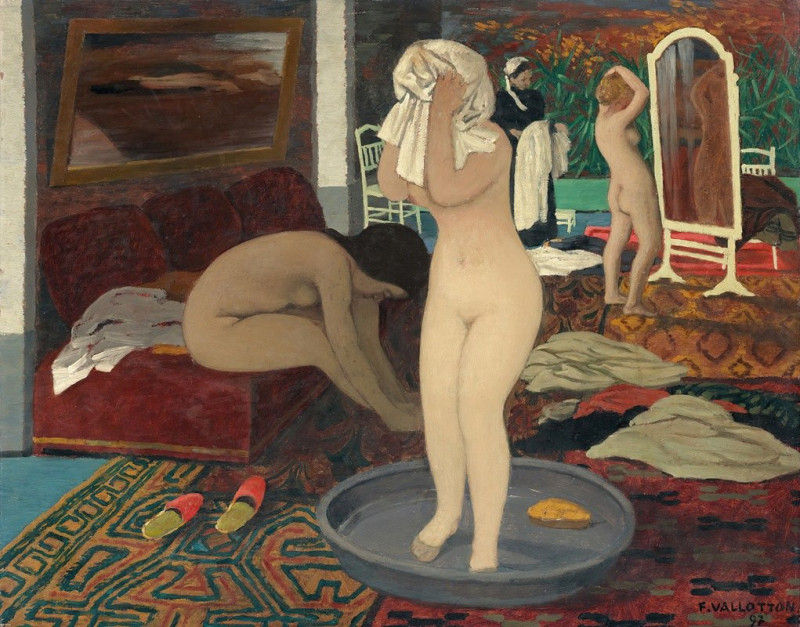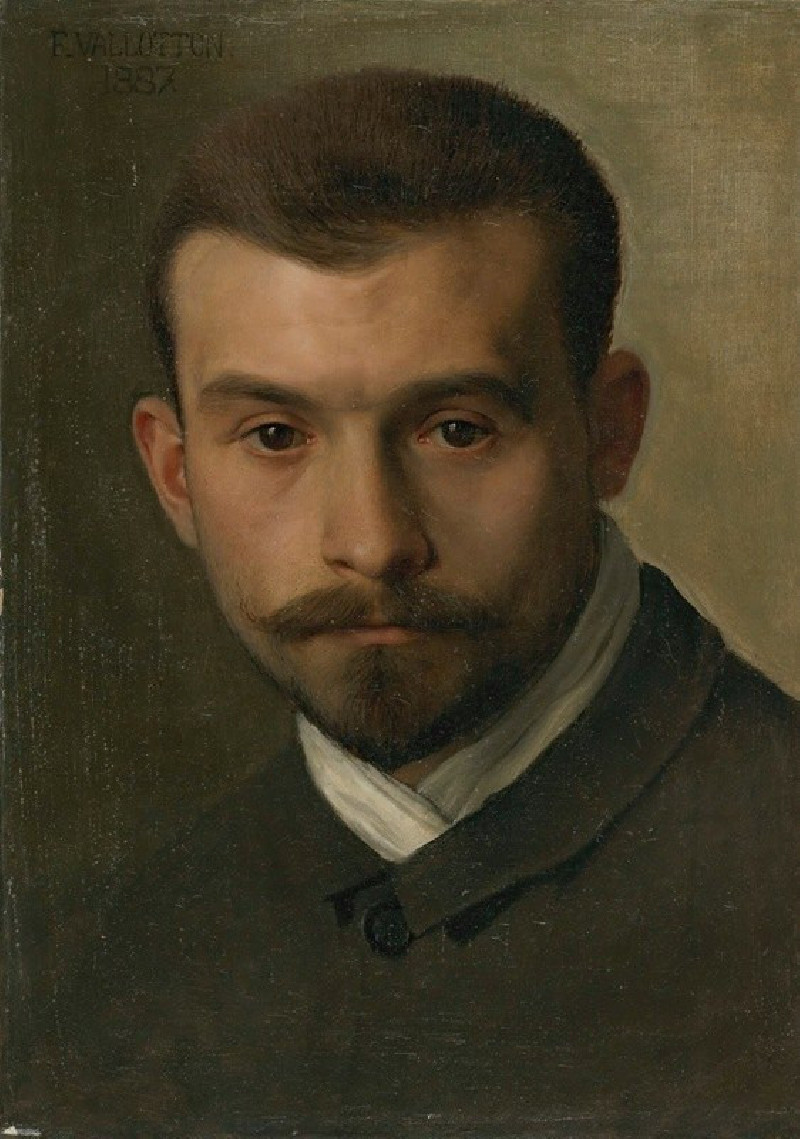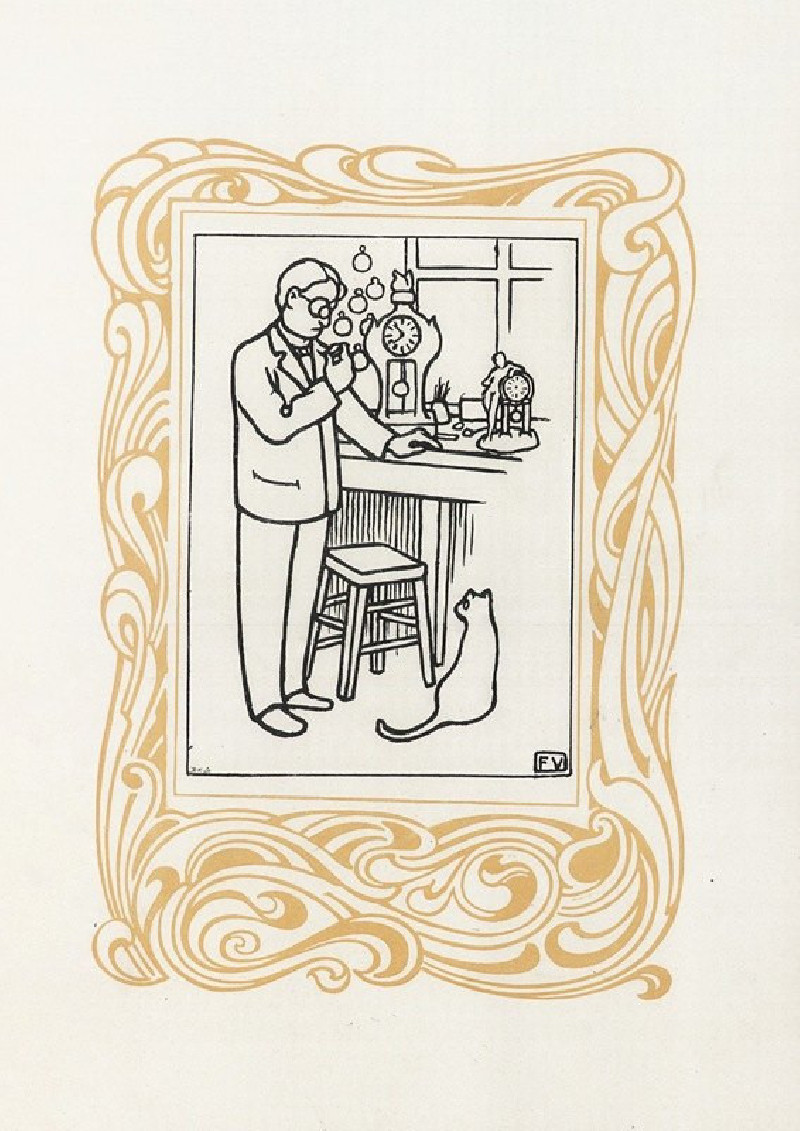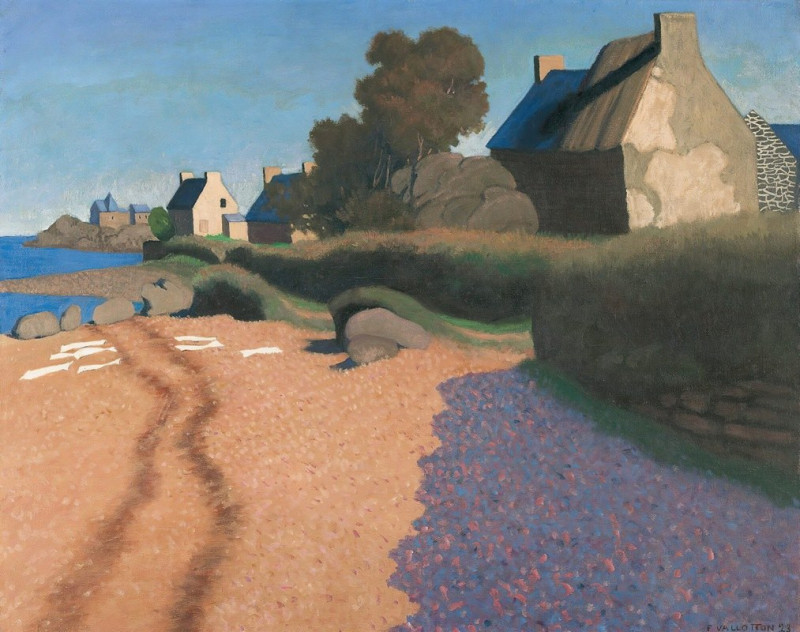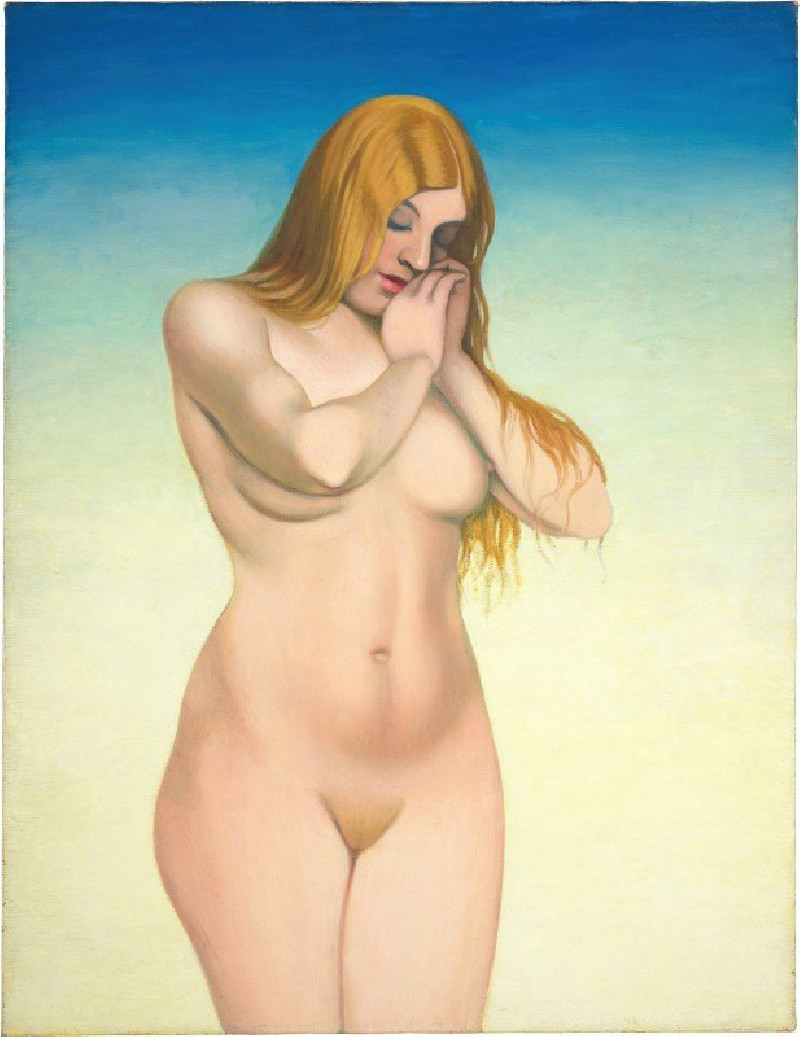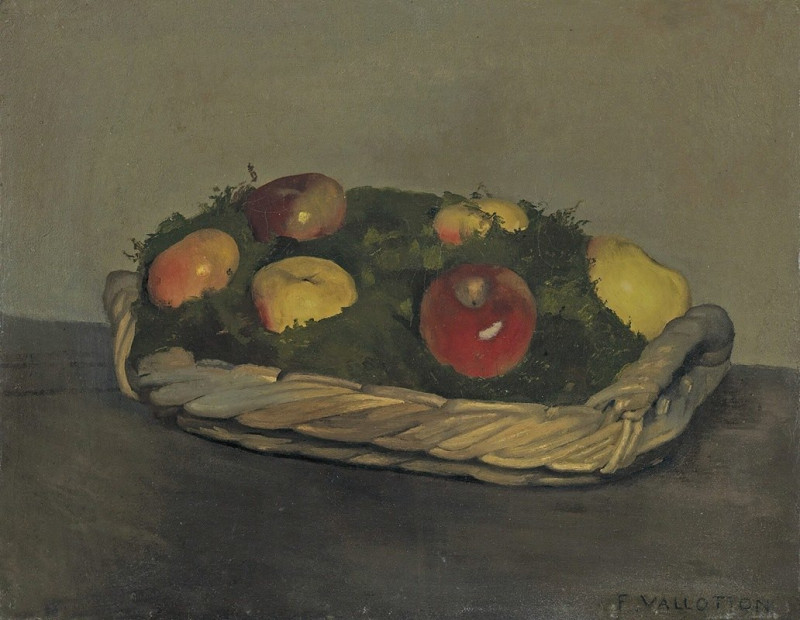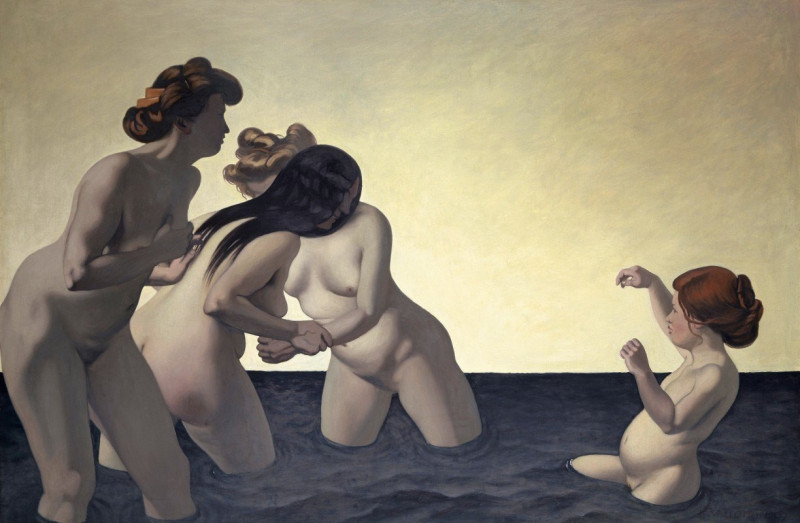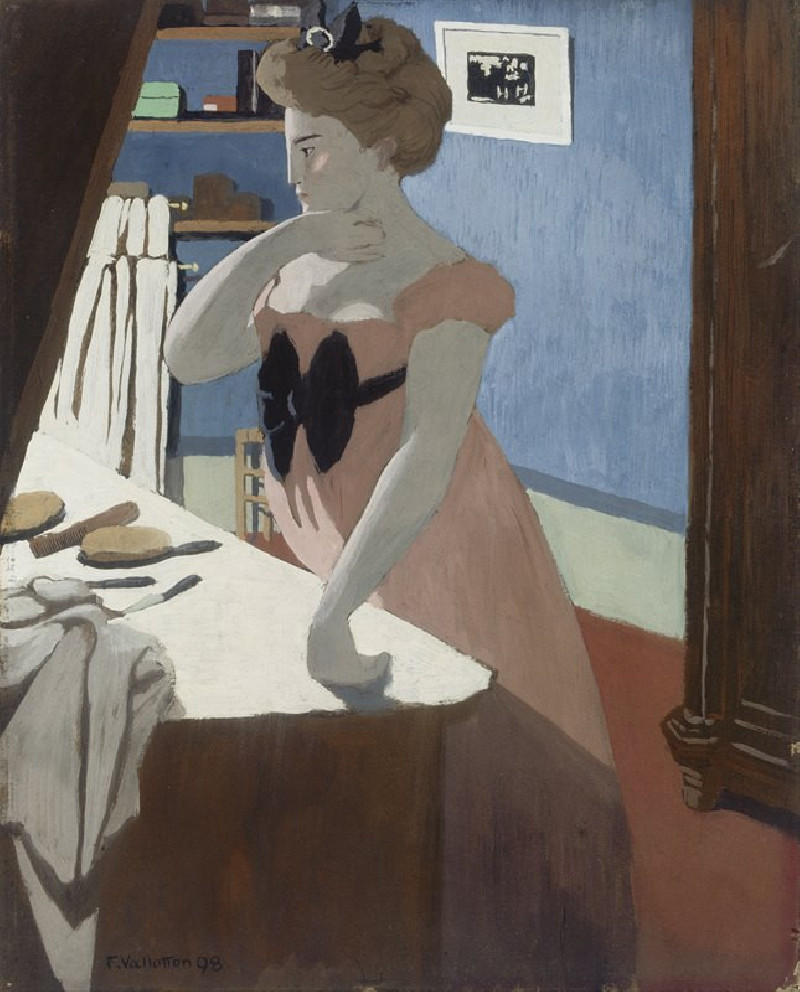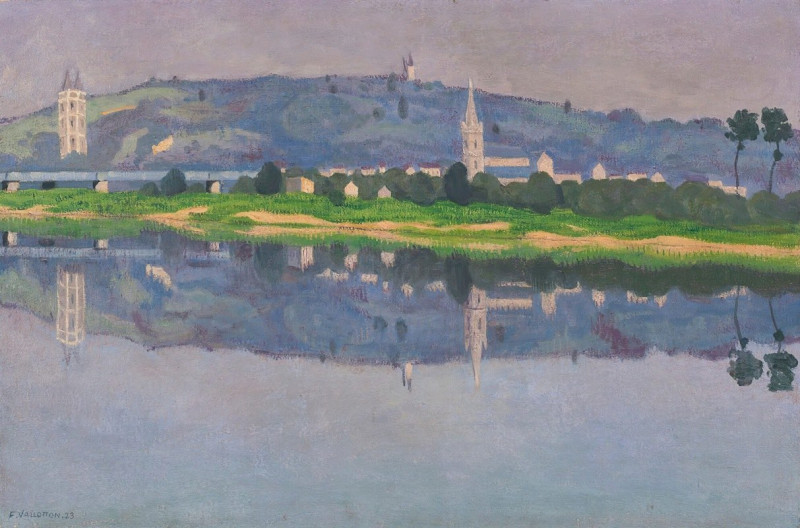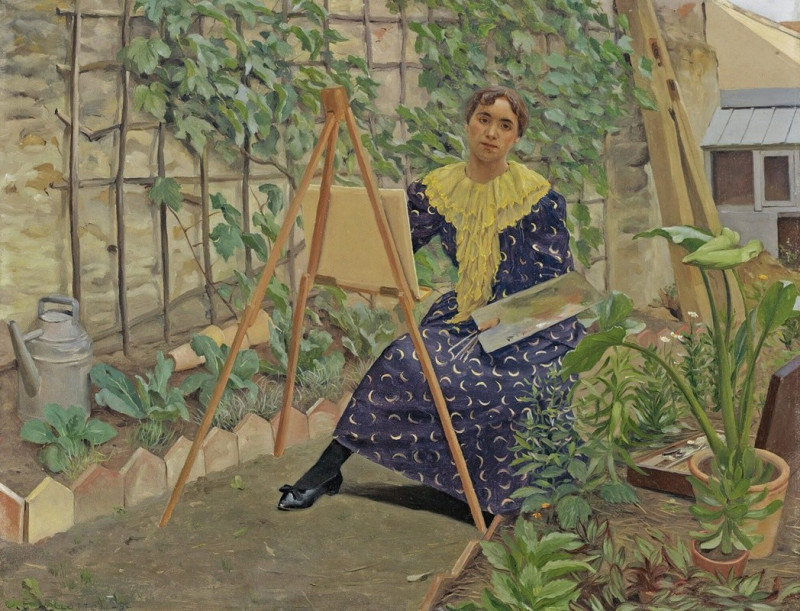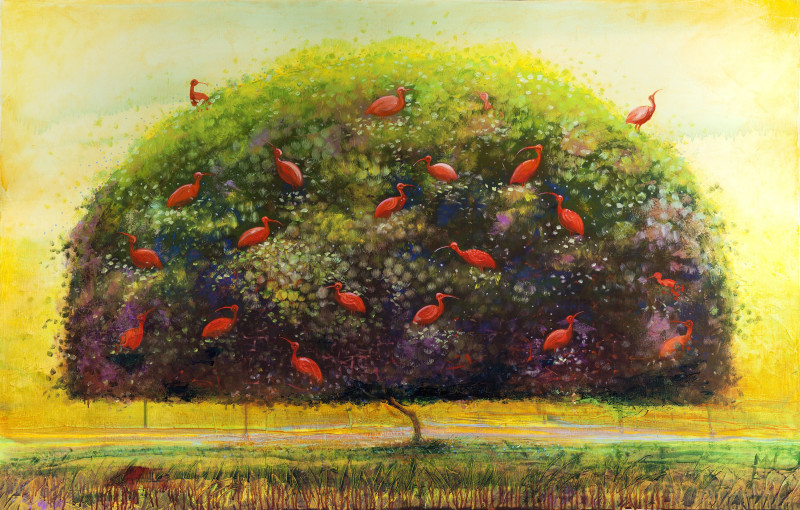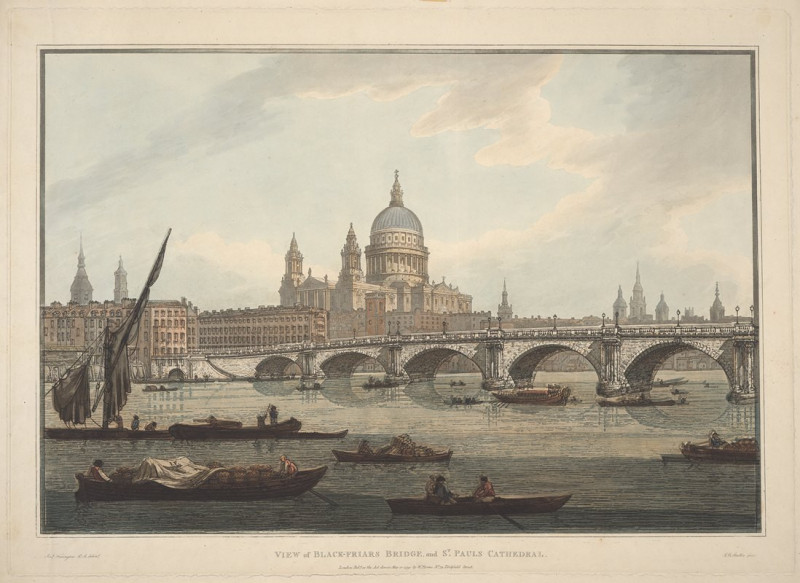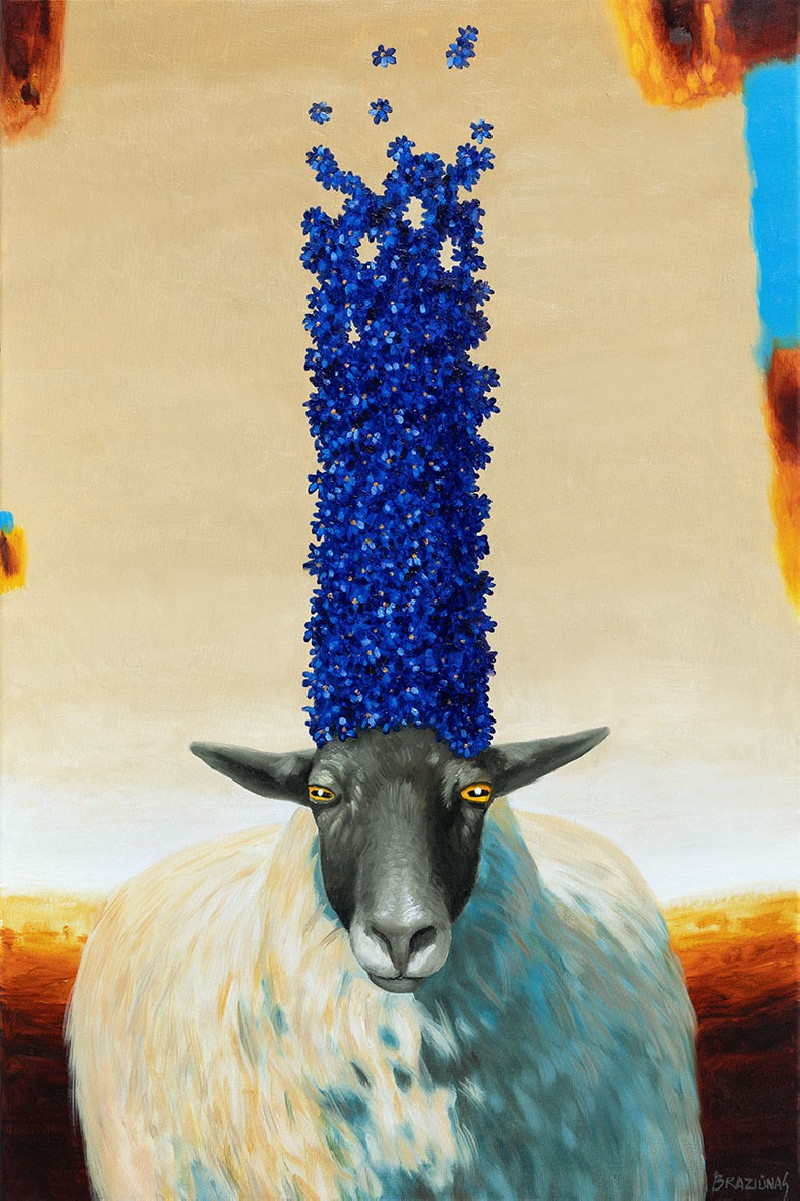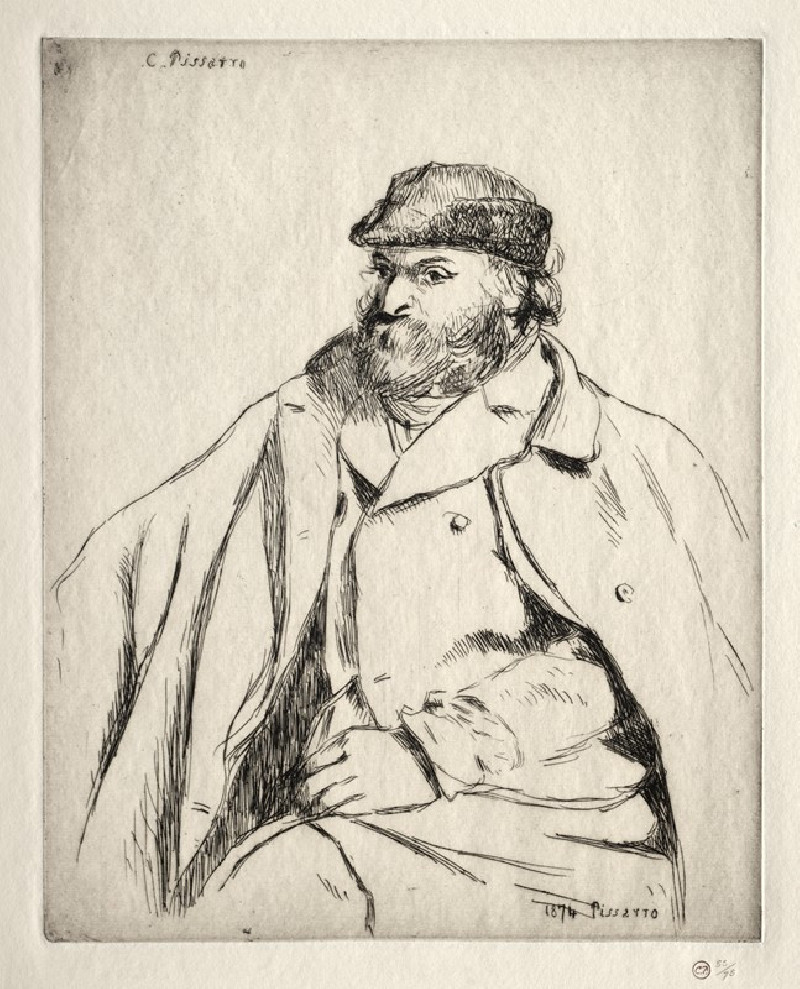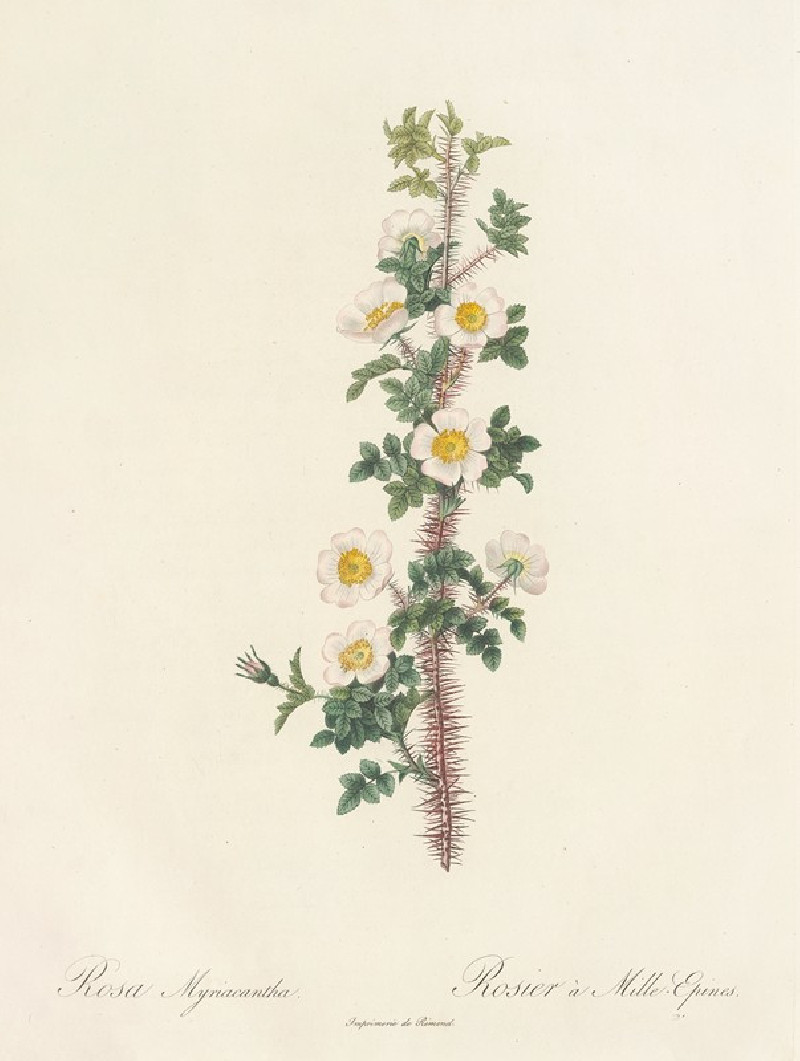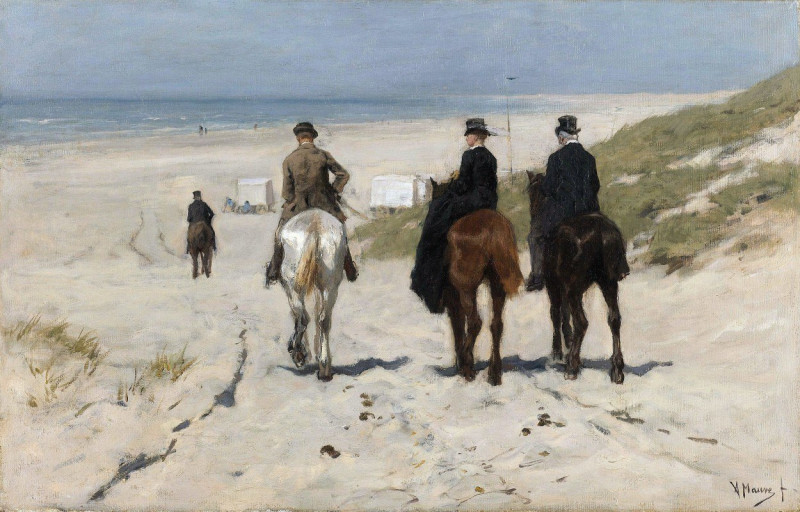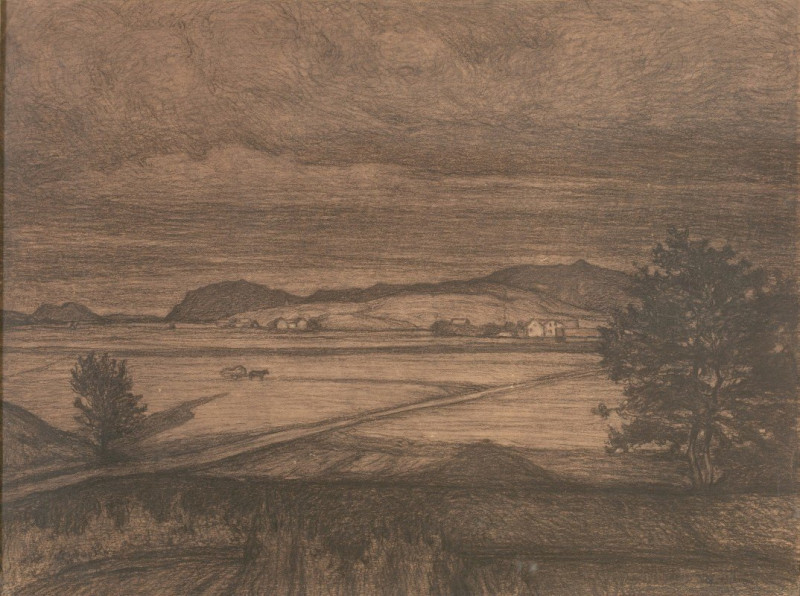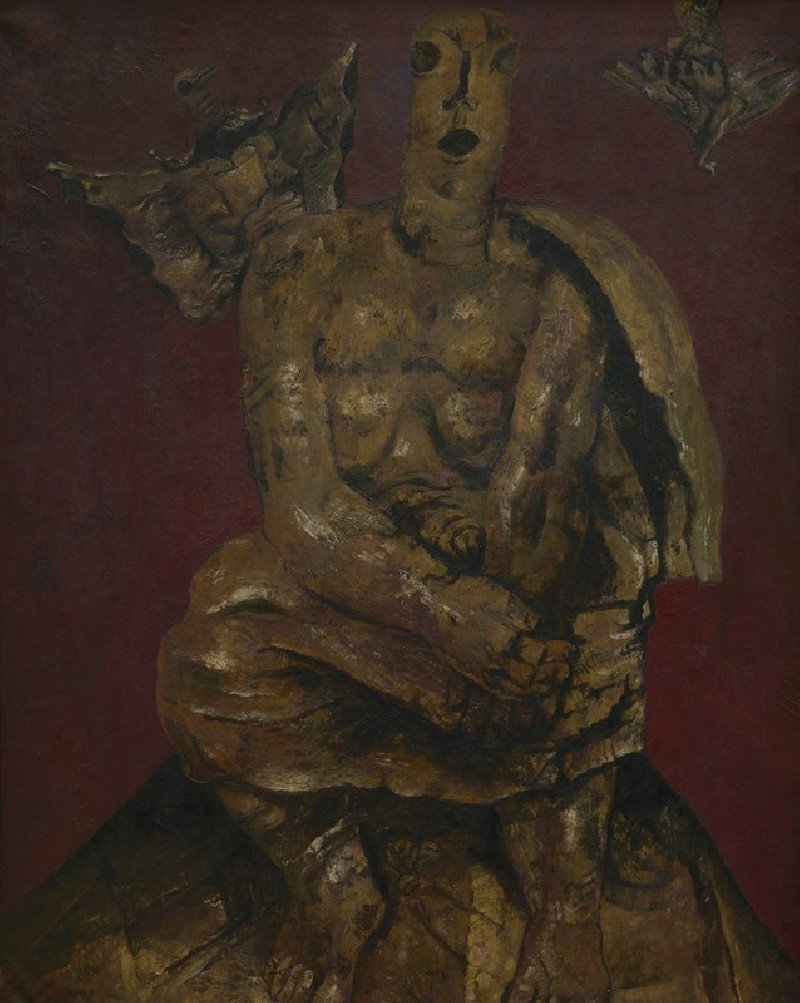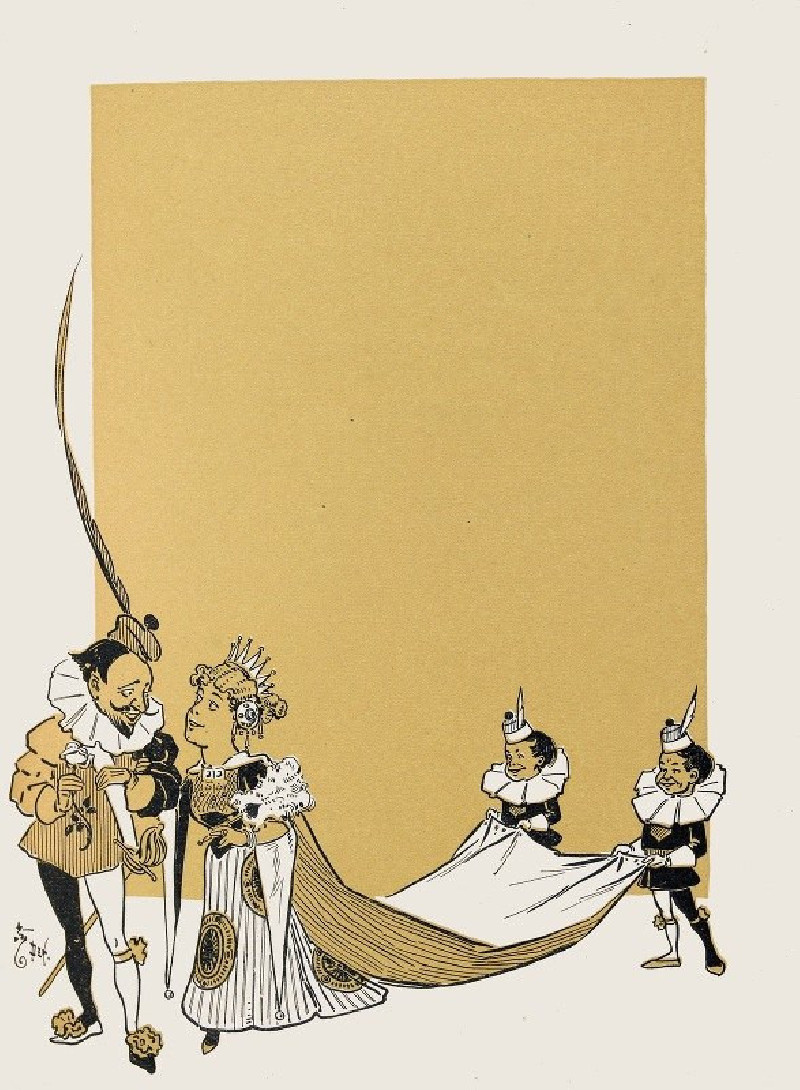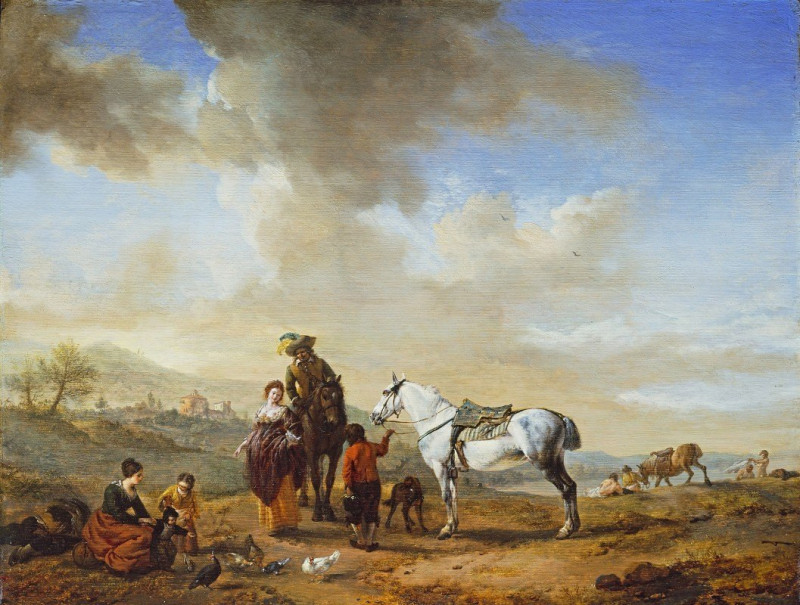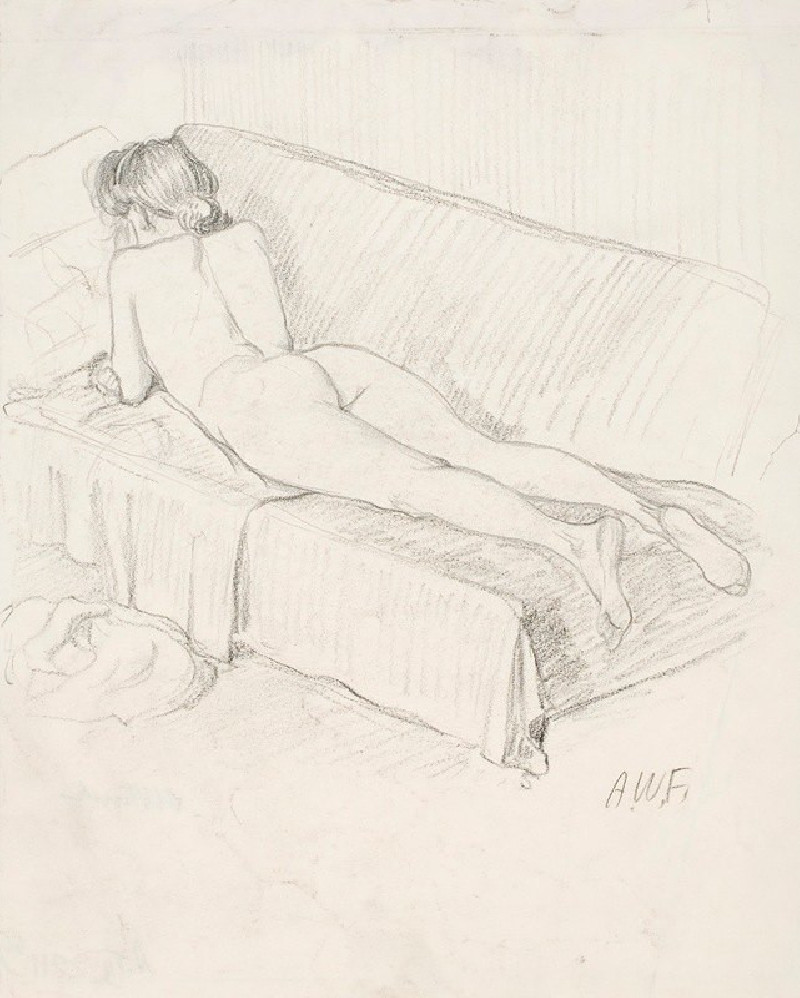Le Bijou (1901)
Technique: Giclée quality print
Recommended by our customers
More about this artwork
"Le Bijou" (1901) by Félix Vallotton is a captivating artwork embodying the sublime simplicity and clean aesthetics of the Post-Impressionist period. This composition characteristically pairs down details to emphasize form and contour, blending a modernist approach with a touch of intimacy.The painting portrays an intimate scene inside a well-lit room where a woman sits at a table, leaning forward slightly as she engrosses herself in a delicate task. Behind her, an older gentleman appears to be either assisting or observing her work. The lamp on the table casts a warm glow, suggesting a cozy, indoor setting during evening hours.Around them, the room is adorned minimally, highlighting Vallotton’s focus on the subjects rather than their surroundings. This style reflects a common theme in his work—everyday life presented with an air of quiet drama and meticulous attention to lighting and geometry.Encased within an ornate, swirling border, this artwork does not merely depict a moment of everyday life but rather elevates it, offering viewers a window into a serene, almost timeless interaction. "Le Bijou," translating to "The Jewel" in English, suggests that this scene or what the subjects are focused on is a gem in its own right—a precious piece worthy of attention and care.
Delivery
Returns
Félix Édouard Vallotton (December 28, 1865 – December 29, 1925) was a Swiss and French painter and printmaker associated with the group of artists known as Les Nabis. He was an important figure in the development of the modern woodcut. He painted portraits, landscapes, nudes, still lifes, and other subjects in an unemotional, realistic style.

